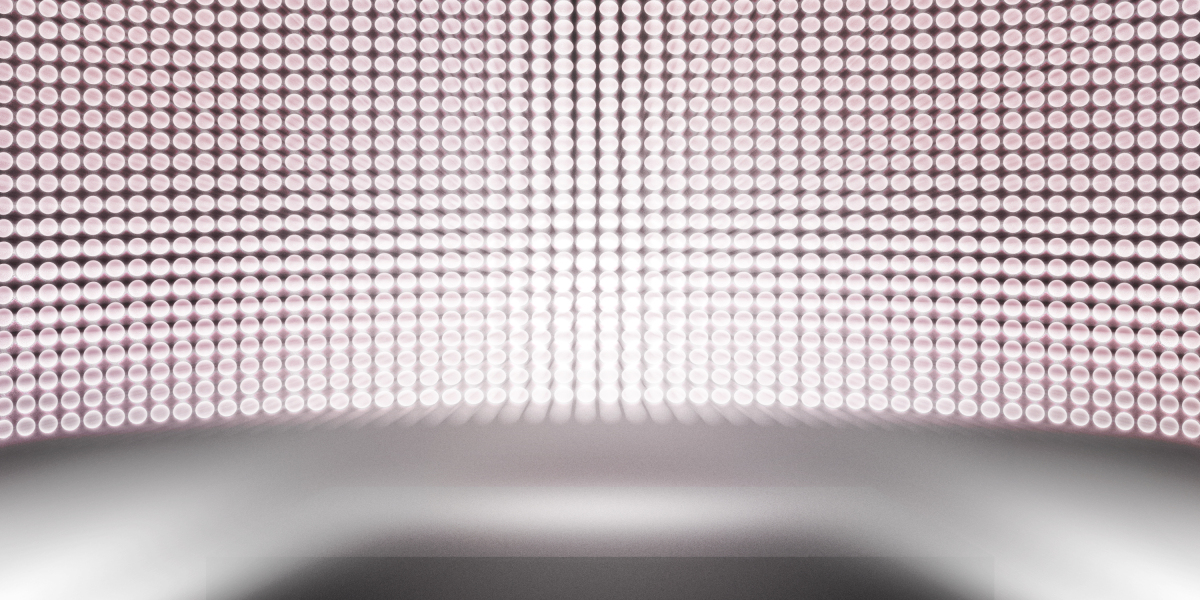Unlocking the Secrets of 3D Printing: Discover the Battle Between SLA and FDM Technologies!
3D printing has revolutionized the way we approach design and manufacturing, permeating various industries such as aerospace, healthcare, and consumer products. Among the myriad of technologies available, Stereolithography (SLA) and Fused Deposition Modeling (FDM) stand out as two of the most popular methods for creating three-dimensional objects. With their unique capabilities and application areas, understanding the differences, advantages, and disadvantages of SLA vs FDM 3D printer is crucial for anyone looking to delve into the world of 3D printing. This article aims to equip you with the knowledge needed to choose the right technology for your specific needs, whether you're a hobbyist, a professional designer, or an educator.

Understanding SLA and FDM Technologies
SLA (Stereolithography) is an additive manufacturing process that utilizes a laser to cure liquid resin into hardened plastic in a layer-by-layer fashion. This method is renowned for its precision and ability to produce highly detailed models. The materials typically used in SLA printing are photopolymer resins, which are available in various formulations to achieve different properties such as flexibility or rigidity. On the other hand, FDM (Fused Deposition Modeling) functions by extruding thermoplastic filaments through a heated nozzle, which then deposits the material layer by layer to create a part. Common materials for FDM include PLA, ABS, and PETG, which are widely available and easy to work with. While SLA is favored for intricate designs and prototypes, FDM is often chosen for its versatility and accessibility.
Advantages of SLA 3D Printing
SLA technology boasts several advantages that make it an attractive option for specific applications. One of its most significant benefits is the ability to achieve high precision and fine detail, making it ideal for intricate designs such as jewelry and dental models. The smooth surface finishes produced by SLA printers often require minimal post-processing, enabling faster turnaround times for polished prototypes. Additionally, the range of specialized resins available allows for the creation of parts with specific mechanical properties, catering to diverse industries from aerospace to medicine.
Disadvantages of SLA 3D Printing
Despite its impressive capabilities, SLA does come with its drawbacks. The technology is generally more expensive than FDM, both in terms of equipment and material costs. Users may also face a limited selection of materials compared to FDM, which can restrict design options. Furthermore, SLA prints typically require post-processing to remove excess resin and cure the parts fully, adding time and complexity to the workflow. These factors can pose challenges for users, especially those with budget constraints or time-sensitive projects.
Advantages of FDM 3D Printing
FDM technology offers numerous strengths that contribute to its popularity among hobbyists and educational institutions. One of the most notable advantages is its affordability; both the printers and the materials are generally less expensive than their SLA counterparts. Additionally, FDM provides a wide range of material choices, including flexible and composite filaments, which expands the possibilities for different projects. The ease of use is another significant factor; many FDM printers are user-friendly and suitable for beginners, making them an excellent choice for educational settings and personal projects.
Disadvantages of FDM 3D Printing
However, FDM is not without its limitations. One of the primary drawbacks is the lower resolution compared to SLA, which can result in visible layer lines and a less polished finish. Additionally, FDM prints are prone to warping, especially with larger parts, which can lead to print failures if not managed carefully. In scenarios where high detail and accuracy are essential, such as in the production of functional prototypes or intricate designs, FDM may not be the best choice.
Comparative Analysis: SLA vs FDM
When comparing SLA and FDM technologies, several key factors emerge. In terms of cost, FDM is typically the more budget-friendly option, while SLA offers superior detail and finish quality. Speed is another consideration; FDM can often produce prints faster for larger objects, but SLA excels in creating intricate designs quickly. Material capabilities also differ significantly; FDM supports a broader range of materials, whereas SLA is limited to specific resins. Ultimately, the choice between SLA and FDM will depend on the specific needs of the project, whether that be detail, material versatility, or cost-effectiveness.
SLA and FDM: Weighing Your Options
In summary, both SLA and FDM 3D printing technologies have their unique advantages and disadvantages, catering to different needs and applications. Understanding these differences is crucial for making informed decisions about which technology to use for your projects. Whether you prioritize precision and detail with SLA or affordability and material options with FDM, both technologies offer valuable solutions in the ever-evolving landscape of 3D printing. By assessing your specific requirements, you can select the right 3D printing technology that aligns with your creative and practical objectives.








